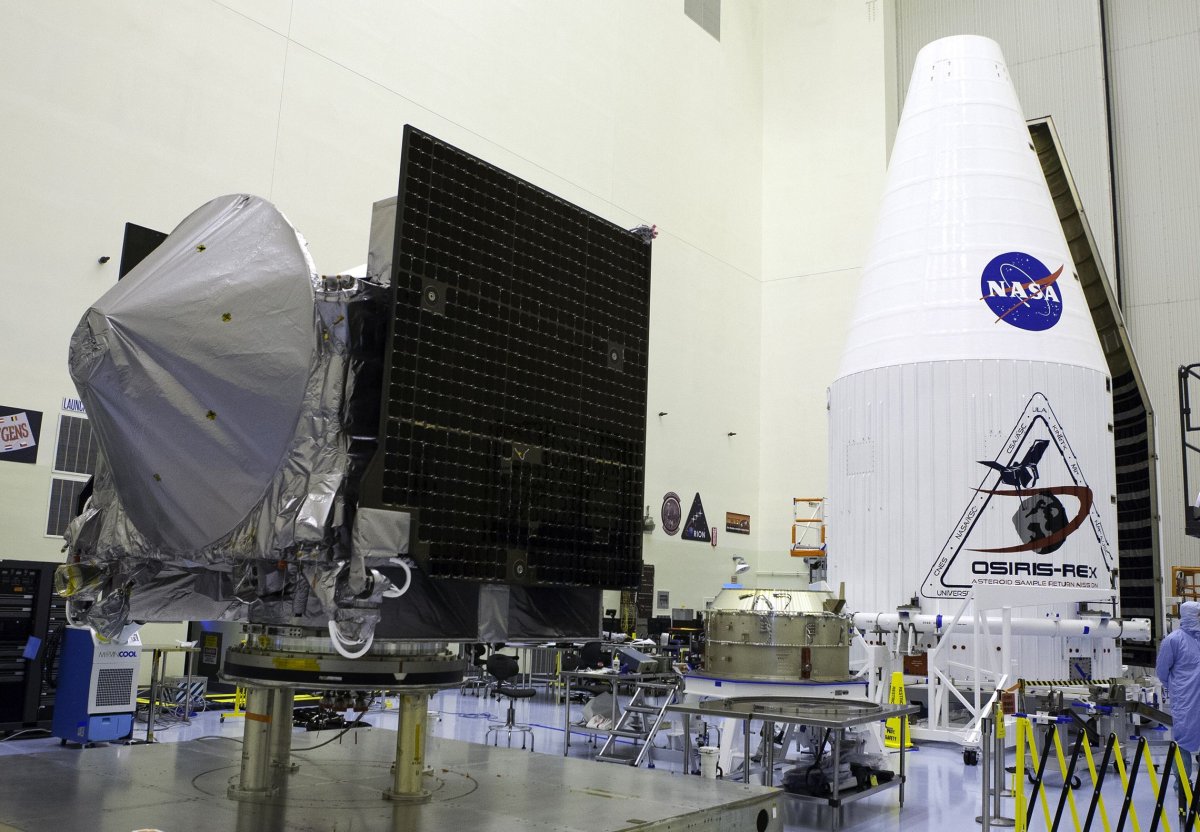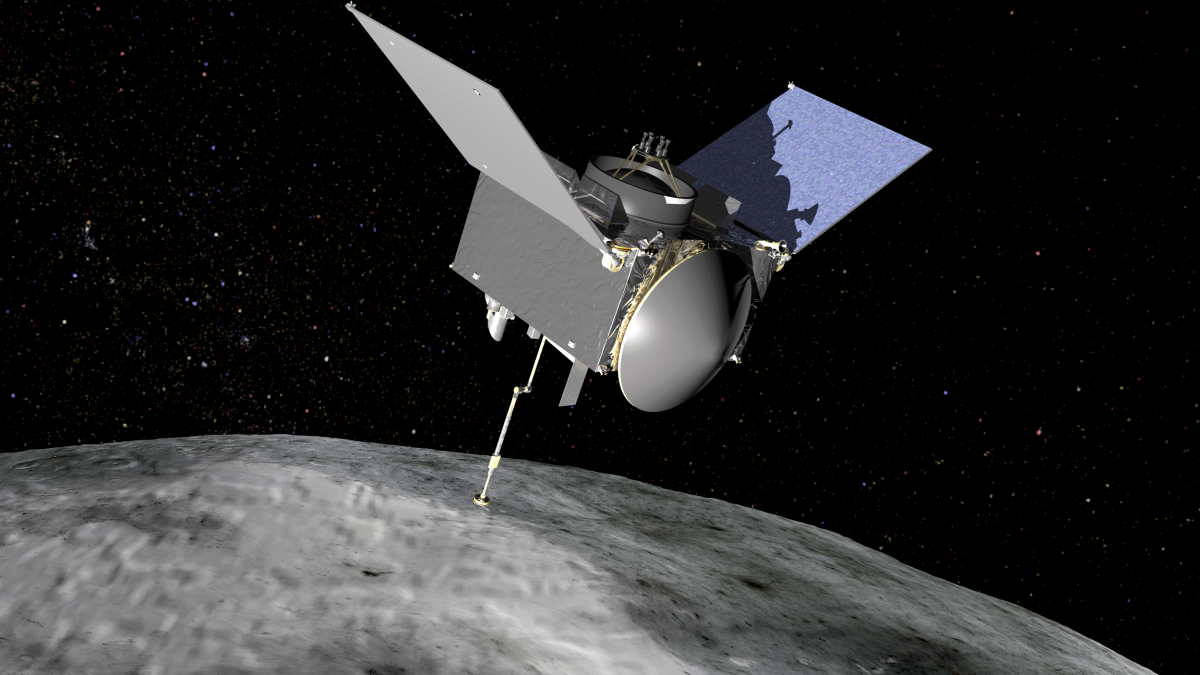Sometimes we all need a good kick in the butt to get us where we need to go—but perhaps you weren't expecting NASA to apply the same philosophy to a spacecraft. Yet that's precisely what's happening today at 12:53 p.m. ET to a spacecraft called OSIRIS-REx, which is using a technique called gravity assist to pick up speed on its way to an asteroid.
OSIRIS-REx first launched in September 2016 and spent a year circling the sun, just as Earth does. Today's maneuver will adjust its direction and give it the speed it needs to successfully reach the asteroid, known as Bennu.

Here's how it works: Two small nudges with its thrusters put OSIRIS-REx on track to fly 10,700 miles above Antarctica. We think of gravity as simply pulling things down, but the phenomenon plays out a little differently with objects in orbit. OSIRIS-REx has enough momentum and will stay far enough from Earth that gravity doesn't pull it and cause it to crash out of the sky.
Instead, Earth's gravity will nudge OSIRIS-REx into line with the asteroid's own orbit around the sun. The spacecraft will also steal a little bit of Earth's momentum—boosting its speed by 8,500 miles per hour.
If the year-long delay and the fussy maneuver seem like an odd choice, remember that on a spacecraft, fuel is heavy and weight is an expensive commodity. A gravity assist weighs nothing at all, letting scientists fill OSIRIS-REx with scientific equipment instead. That's why it's been a favorite technique of NASA mission planners since 1974, when the Mariner 10 mission used Venus's orbit to reach Mercury.
The OSIRIS-REx flyby is also an opportunity to calibrate the spacecraft's imaging instruments on a sight we know intimately, Earth. The spacecraft will take its first data just four hours after the gravity assist.

After Earth's nudge, OSIRIS-REx has a straight shot to its target, the asteroid Bennu, which is almost 4.5 billion years old and just a little longer than the Empire State Building. Once the spacecraft arrives, it will spend more than a year studying Bennu, select a landing spot on its surface, and blast nitrogen gas at it to gather a sample of the ancient rock. Then, in 2021, the spacecraft and its cargo will make its way back home, arriving in September 2023 after a roundtrip journey of 4.4 billion miles.
NASA is currently collecting images of Earthlings wishing OSIRIS-REx a safe journey with the hashtag #HelloOSIRISREx. Just remember to say so long for now, not goodbye forever—you'll be seeing this spacecraft again soon.
Uncommon Knowledge
Newsweek is committed to challenging conventional wisdom and finding connections in the search for common ground.
Newsweek is committed to challenging conventional wisdom and finding connections in the search for common ground.
About the writer
Meghan Bartels is a science journalist based in New York City who covers the science happening on the surface of ... Read more
To read how Newsweek uses AI as a newsroom tool, Click here.








